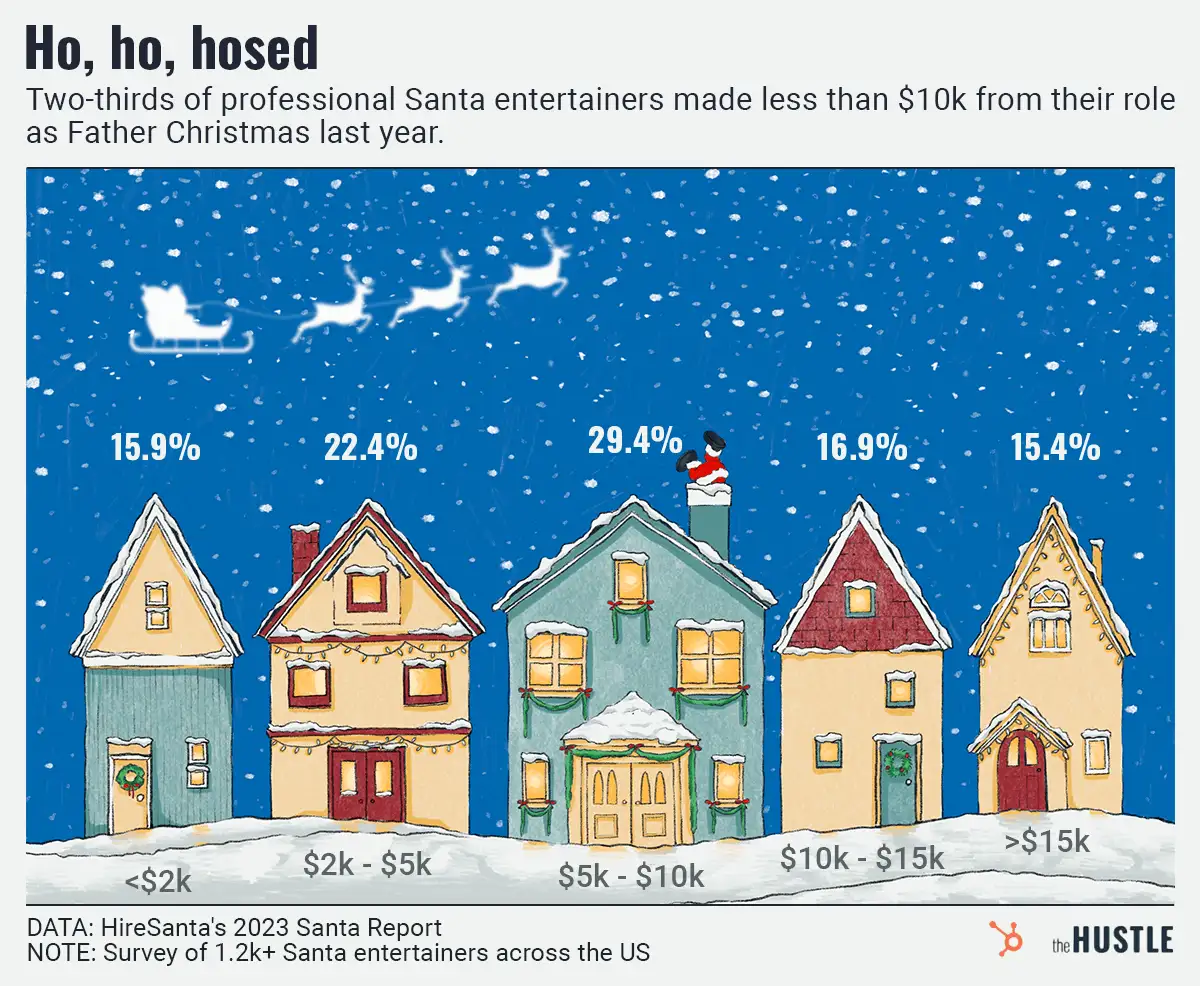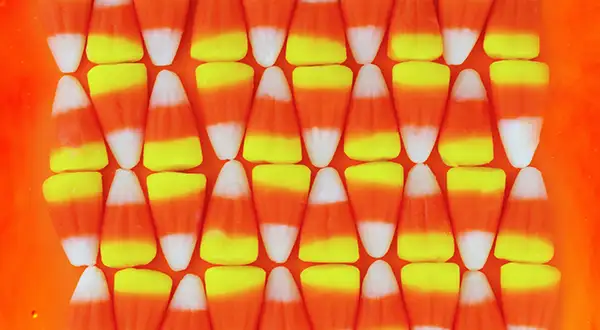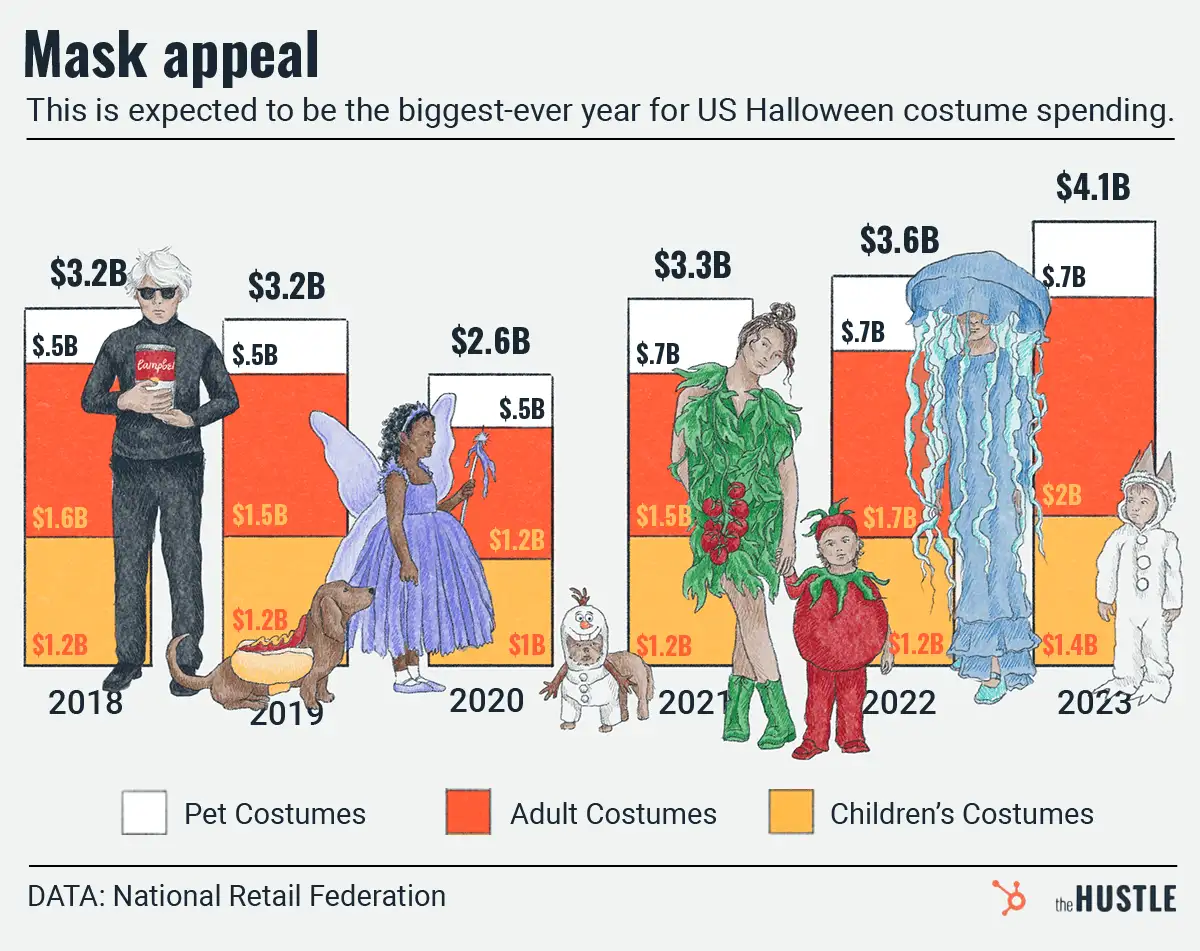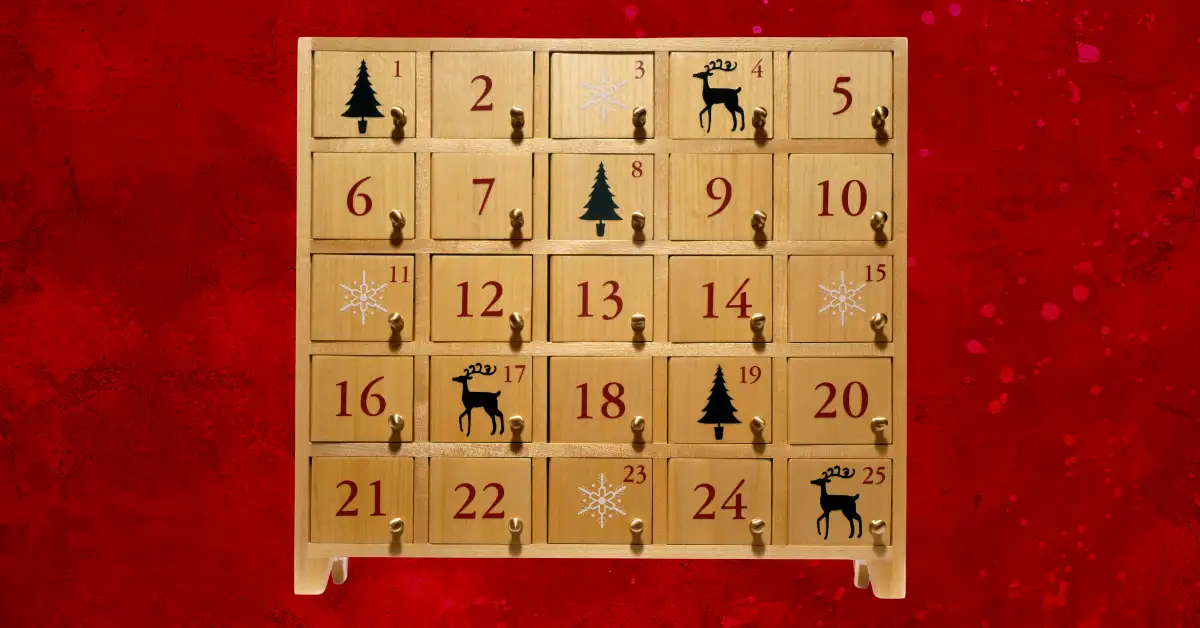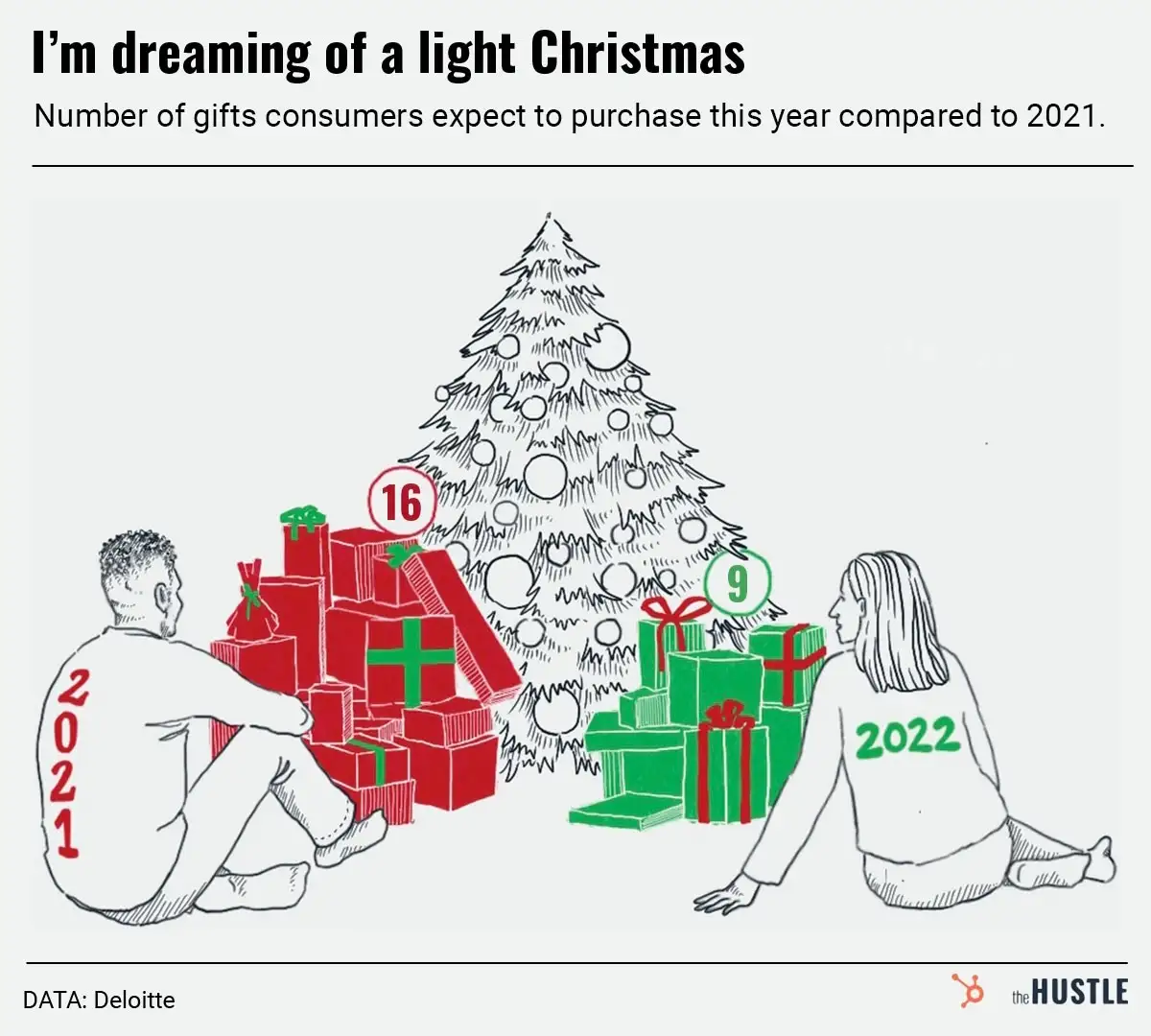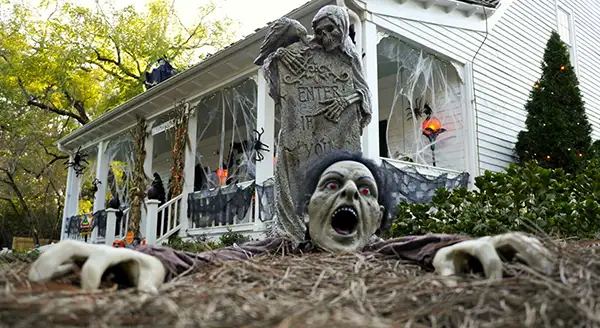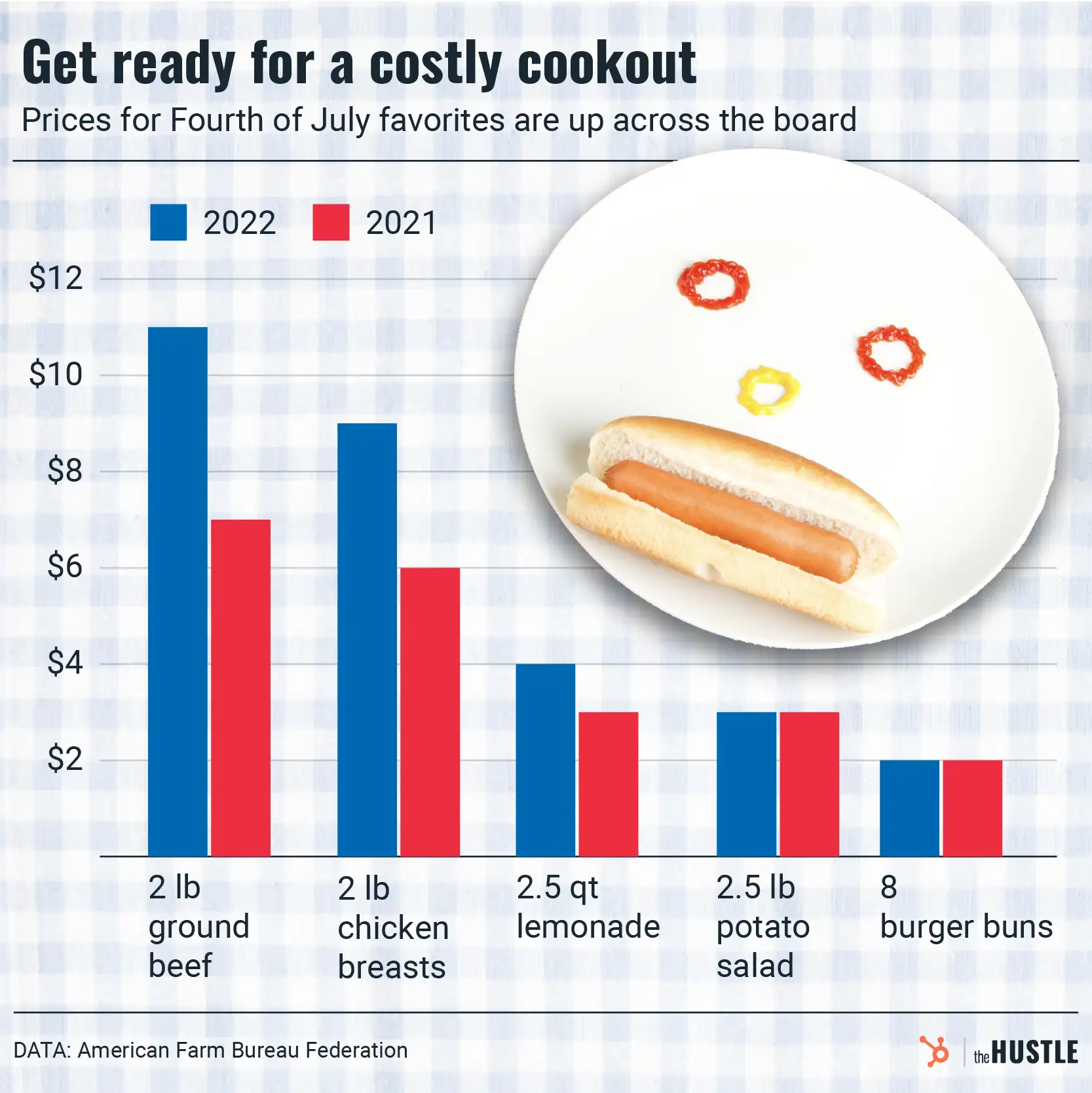July 4, 1776, understandably gets a lot of love in American history. Independence being declared is a pretty big deal, after all.
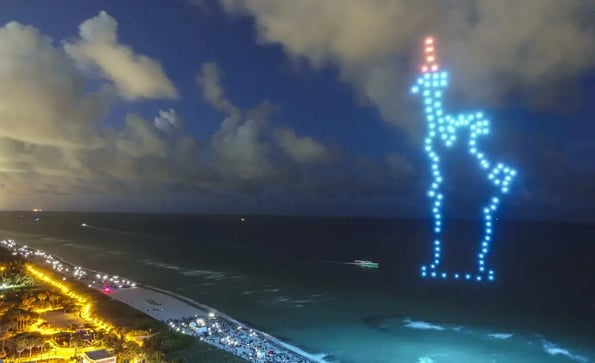
But let’s not forget July 4, 1777, which set the tone for every Independence Day since — everything decked out in red, white, and blue, with feasts aplenty, and fireworks in Philadelphia and Boston.
Bombs bursting in air are baked into American culture, like Sousa marches and food abominations (cold hot dog pie, anyone?).
Yet fireworks’ days may be numbered
Another year down, another collection of cities opting for drone light shows over pyrotechnics:
- Salt Lake City, Boulder, Colorado, and multiple San Diego County municipalities led the way in shelving fireworks in favor of choreographed drones this year.
It’s hard to disagree with the reasoning: fireworks lead to injuries (10.2k were reported in the US last year), generate noise that torments dogs and individuals with PTSD, and produce surprising environmental damage.
Drone shows avoid all of the above — and are also notably less likely to start wildfires, a particularly big selling point across fire-ravaged Western states.
The biggest argument for fireworks…
… aside from sentimentality (and enrichment opportunities for the nation’s ER doctors) is cost.
- One major drone show provider, Sky Elements, says its smaller shows start at ~$20k, though bigger shows can really dent a civic budget — Vail, Colorado, spent ~$100k on its 2022 drone show, per NPR.
- Compare that to the average small-town fireworks show, which Reuters reports costs $15k-$20k.
Coming from the top rope: Per Reuters, the fireworks industry — worth $375m pre-pandemic — still isn’t sweating. American Pyrotechnics Association executive director Julie Heckman came at drones last year like they’re a bad Tinder date: “Drones are pretty, but they’re kind of boring.”

